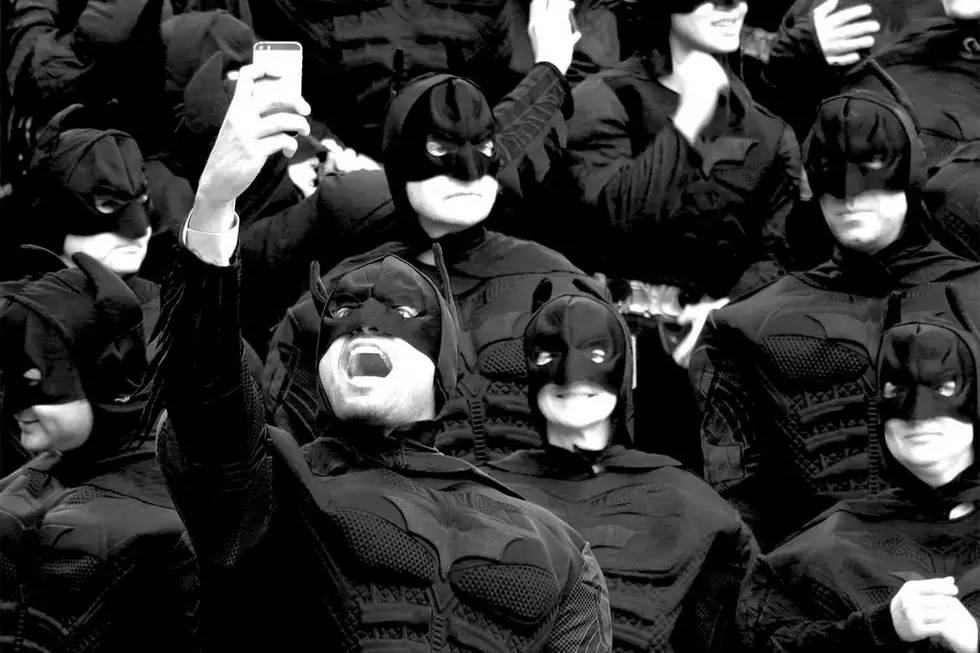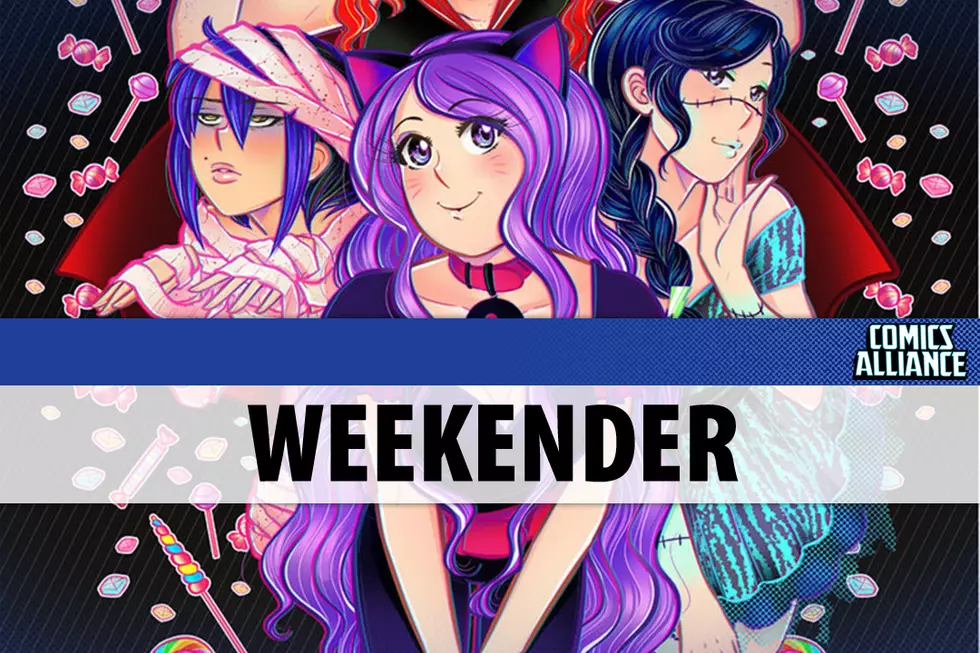
The Funny Pages’ Modern Masterwork: How Bill Watterson Did (and Didn’t) Change Comics
In the golden age of newspapers, the comics pages were often a draw for readers — with the colorful palette of Robert Outcault's Yellow Kid being the source of the term “yellow journalism” — and so editors, acknowledging what they owed to the funny pages, made concessions to that. Works by such masters as Herriman and McCay were allowed room to breathe, and to display their ingenuity in full-page panoramas.
By the time Calvin and Hobbes debuted in 1985, this was no longer the case. The comics pages were increasingly cramped, with cartoonists being forced by their syndicates to adhere to a strict format for their Sunday pages that would allow papers to cut panels to reduce space even more. But Bill Watterson dreamed of the beautiful vistas of Slumberland and Coconino County, and he fought for them.
William Boyd “Bill” Watterson II was born July 5, 1958 in Washington, DC, but before long his family moved to suburban Chagrin Falls, Ohio, whose idyllic Midwestern setting would serve as a major inspiration on Watterson's later work.
Watterson attended Kenyon College in Ohio from 1976 to 1980, where he attained a degree in political science, with an eye towards working as a political cartoonists. After a brief and unsuccessful tenure as cartoonist for the Cincinnati Post — Watterson had never lived in Cincinnati and did not know its local politics at all — he went on to work in advertising, while developing his own daily cartoon strip.
That strip would turn out to be Calvin and Hobbes, one of the most critically and commercially successful comic strips of the modern age, appearing in over 2,400 papers at the height of its popularity, and selling over 45 million copies of its various print collections.
The strip was — and is — praised for its unique combination of whimsy and literary air, its ability to lithely shift between fantasy and reality, its likable and recognizable characters, and its believable — if stylized — depiction of childhood.
Watterson would wear his influences from earlier comics somewhat on his sleeve. It is easy to see Walt Kelly's Pogo in his dialogue and biting satire; to see George Herriman's Krazy Kat in his linework, environments, and ability to present variations on a theme without ever feeling repetitive; to see Charles Schulz's Peanuts in this uncanny ability to depict the hidden wisdom (and sometimes cynicism) of children; and to see Winsor McCay's Little Nemo in Slumberland and Dreams of the Rarebit Fiend in his inventive layouts and masterful representation of the fluidity between reality and the world of dreams (or daydreams, as the case may be).
Nevertheless, Calvin and Hobbes is a work all its own that has itself influenced new generations of cartoonists.
Calvin and Hobbes is such a towering achievement in cartooning that it is nearly impossible for any work of daily cartooning that came after not to be a reaction to it in one way or the other. Every new syndicated cartoonist has to hope that they can manage to create the next Calvin and Hobbes, either creatively or commercially, or both. In that way, Watterson's mark on the artform has been indelible.
He would probably hope, however, that he would also have managed to influence things in a different way. Watterson fought for the legitimacy of the artform of comics on several fronts: returning Sunday strips to a larger format (which he did with Calvin in 1992, to the chagrin of many papers and even some other cartoonists); avoiding the cheapening of the strip through rampant licensing and merchandising; and urging cartoonists not to back down to outrageous demands from syndicates and editors.
Unfortunately, a glance at the Sunday comics page will show that these were ultimately losing battles in the big picture, as space for print comics shrink as newspapers continue to cut costs in light of decreasing circulation.
But there is a whole generation of cartoonists out there who can be free to create what they want without constrictions of space or pressure from syndicates, and who have total control over the marketing and merchandising of their art. They're called webcartoonists, and they are the true sons and daughters of Watterson.
Between constant battles with his syndicate and a desire to go out on the top of his game, Watterson retired from Calvin and Hobbes and public life in general in 1995, living a somewhat reclusive life somewhere in Ohio. He has peeked his head out here and there — with a painting to benefit Richard Thompson, a poster and interview for the documentary Stripped, guest art for Stephan Pastis's Pearls Before Swine, and a poster for the Angouleme Internation Comics Festival. We can only hope this modern master of cartooning will grace us with more new work in the future.
More From ComicsAlliance









